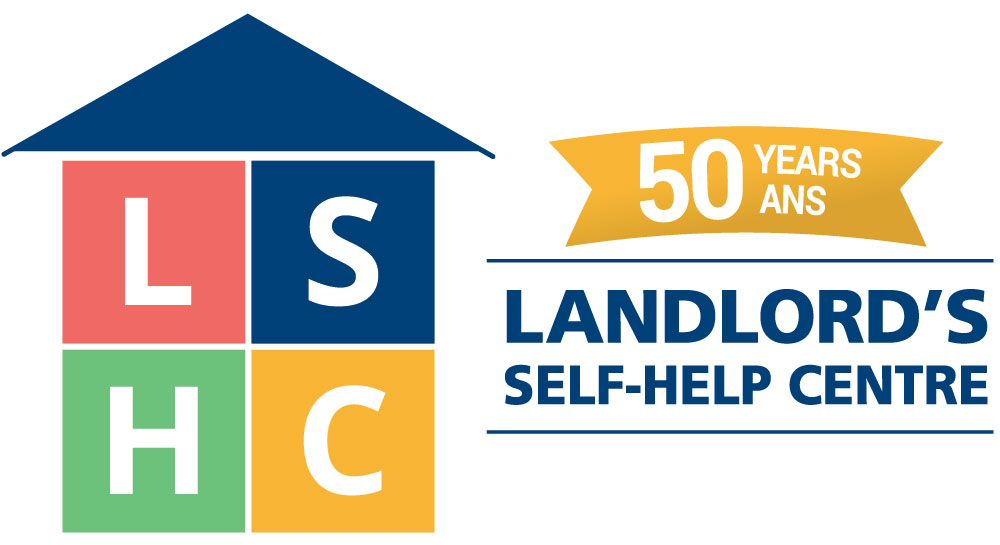Your first stop for self-help is a review of our FAQs. Take a look at the ever increasing collection of questions asked by Ontario’s small-scale landlords as well as the actual answers provided by Landlord’s Self-Help Centre.
It is still the responsibility of the landlord to deal with this issue. Landlords should make it a practice to inspect their property periodically to avoid problems such as these.
For more information on bed bugs, visit the City of Toronto’s website at https://www.toronto.ca/community-people/health-wellness-care/health-programs-advice/bed-bugs/
You can also visit the Government of Canada’s website at https://www.canada.ca/en/health-canada/services/pest-control-tips/bedbugs-how-do-i-prevent-infestation.html
The first thing to do is to look into it, determine what type of bugs you’re dealing with, and arrange for an extermination of the property. It is the landlord’s responsibility to deal with any pest issue in a timely manner. The tenant could file a T6 application where they could request to end the tenancy and/or an abatement of rent. The landlord would have to prove that they acted diligently.
The tenant is not responsible for any costs unless the landlord can prove that the tenant willfully or negligently failed to co-operate in their efforts to eradicate the bugs. The landlord would have to issue the tenant an N5, and file an L2 application with the LTB to recover the costs. Consult with a legal representative before you give a legal notice of termination to your tenant.
The landlord is responsible to maintain the rental property and ensure that it complies with health and housing standards, which includes pest infestations of any kind. You can only hold the tenant responsible if the tenant interferes with the extermination of the bed bugs by not allowing the landlord to prepare the unit for the extermination.
Landlords should first determine the amount of time it will take to resolve the issue. If only for a few hours or one day, the landlord can pay the tenant compensation for that one day. The tenant also has a responsibility to comply with preparation to fumigate. If the tenant is persistent about staying in a hotel, the landlord can either help them pay for the temporary accommodation OR they can give the tenant compensation (based on the number of days the tenant has to be out of the unit).
How to calculate compensation for a day: (rent per month x 12)/ 365= daily rate
This link from our website explains the landlord’s obligations in treating the property, paying for the treatments, etc.: https://landlordselfhelp.com/blog/tenants-not-responsible-treatment-bed-bugs/
This link from the City of Toronto (as an example) covers the issue of furniture and usual disposal practices: https://www.toronto.ca/community-people/health-wellness-care/health-programs-advice/bed-bugs/
The lease wording will not override the landlord’s obligations to maintain the property and comply with health and housing standards. Working with the pest control company and getting proper cooperation from the tenant is crucial, so open communication, giving proper notices to enter, etc., will be very important in dealing with this problem.
It is the responsibility of the landlord to ensure the property is pest and vermin-free. This means that you are expected to do and pay for a thorough pest eradication, and this is best done by professionals. It is not relevant to the Board how the bugs get into the building, the landlord is responsible for the maintenance of the building including pest control.
Although the Residential Tenancies Act does not address the issue of bed bugs specifically, bed bug infestations still fall under maintenance issues and the landlord’s obligation to ensure that the unit complies with health, safety, housing and maintenance standards. Please refer to the City of Toronto Fact Sheet on bed bugs at http://www.toronto.ca/health/bedbugs/
The Residential Tenancies Act requires landlords to maintain the property and ensure that it complies with health, safety, housing and maintenance standards. It is usually very difficult to prove how bed bugs were introduced to the rental property, therefore it is up to the landlord to take steps to correct the problem. To ensure the effectiveness of your efforts, a landlord will also need the tenant’s help and co-operation. Here is a link to the City of Toronto’s information about bed bugs, http://www.toronto.ca/health/bedbugs/

